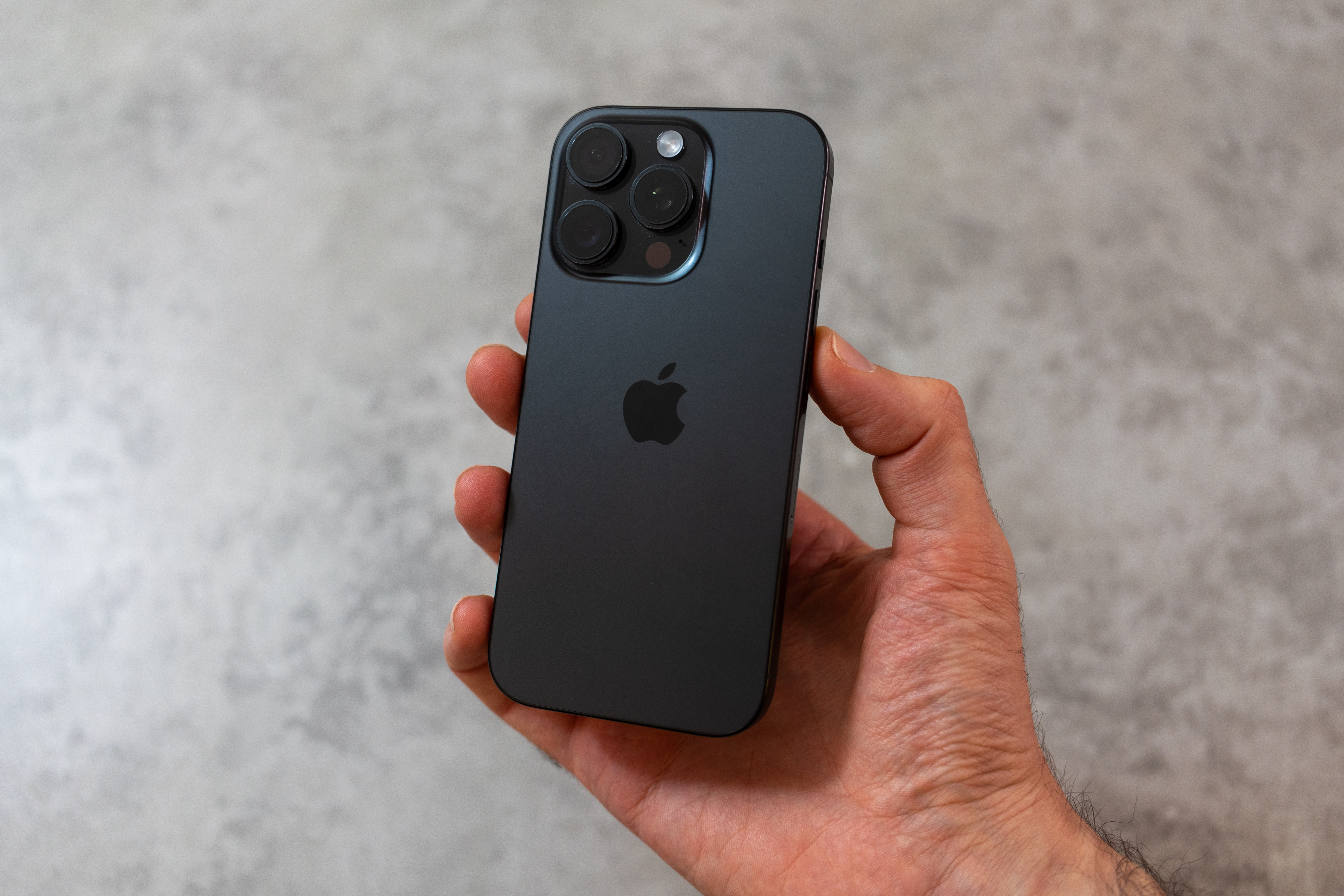I'm on my first post-pandemic vacation – and this is the camera kit I brought
I'm enjoying my first proper holiday since the beginning of the pandemic. This is the camera and lenses I've got with me
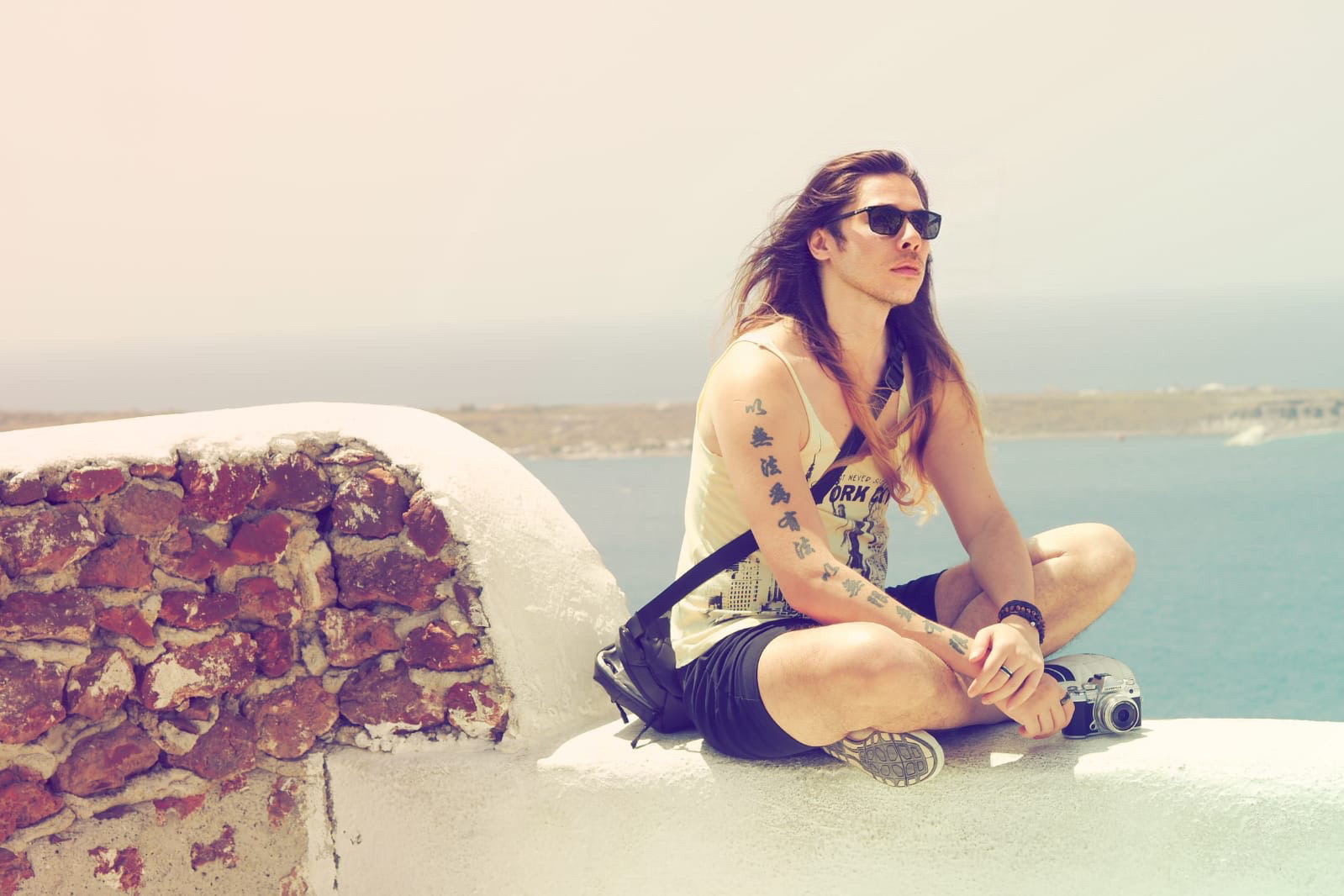
I’m currently taking my first, proper, overseas vacation since the pandemic kicked off in 2020. It was an interesting task, packing a travel camera bag for the first time in two years, but ultimately I think I covered all the bases.
I’m in Santorini, one of the Greek islands, where I knew that I’d be doing a lot of walking and hiking – so I didn’t want to take my big, heavy full frame kit. Much as I love the Canon EOS R5, I wasn’t about to lug that body and all the chunky lenses up the ancient ruins in Thira in 77°F / 25°C weather.
Speaking of, it had to be rugged enough to withstand the heat and elements. The Greek coast is very unforgiving, as Xerxes would attest.
Watch video: My post-pandemic vacation camera
I knew I’d want to take portraits – primarily of my partner, but also potentially street portraits of strangers – along with street photography and some landscapes (well my attempt at landscapes, at least!). I wanted a lens wide enough to take selfies and, while I don’t do much vlogging these days, I always want to be covered for video.
Crucially, this all had to fit in a sling bag – a small one. I hate wearing a camera backpack at the best of times, and the blazing heat halfway up a Greek mountain definitely isn’t the best of times. Also, camera backpacks are a giant bullseye that let every thief know what a great target you are.
So what did I opt for? Here’s the kit that’s kept me shooting in sunny Santorini…
Get the Digital Camera World Newsletter
The best camera deals, reviews, product advice, and unmissable photography news, direct to your inbox!
1) Olympus OM-D E-M5 Mark III
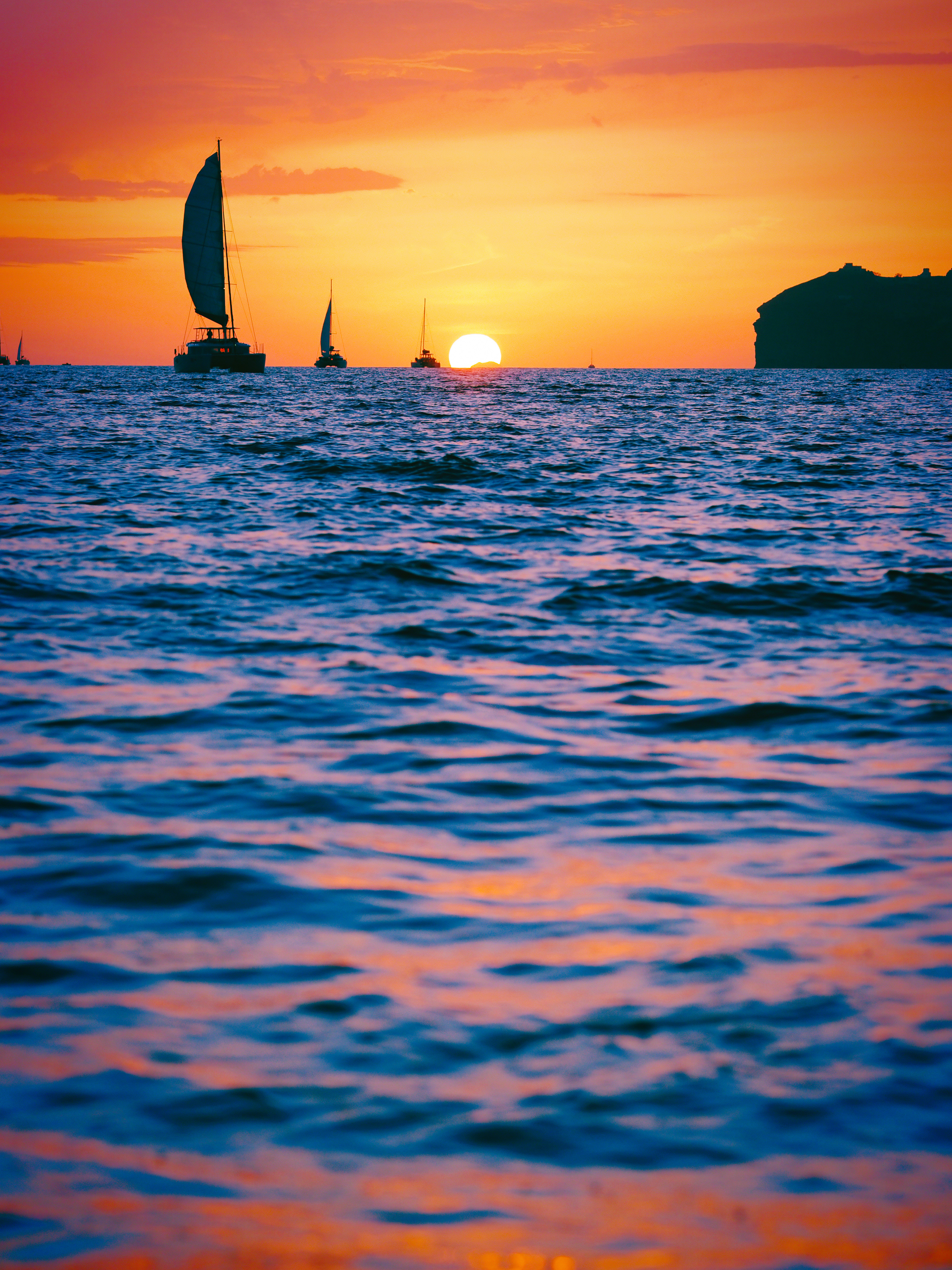
Small yet mighty. The E-M5 Mark III boasts up to 6.5 stops of in-body image stabilization (IBIS), which enabled me to take a handheld 20-second exposure during a spot of night photography. The IBIS also enables me to shoot video / vlogs without the need for a gimbal.
It’s also a weather-sealed, so it was perfectly safe shooting while I was knee-deep in seawater, rolling around in volcanic sand, or shooting in the dust of Greek ruins – and it operates up to °F / °C, so the blazing heat was no problem.
2) Apple iPhone 13 Mini
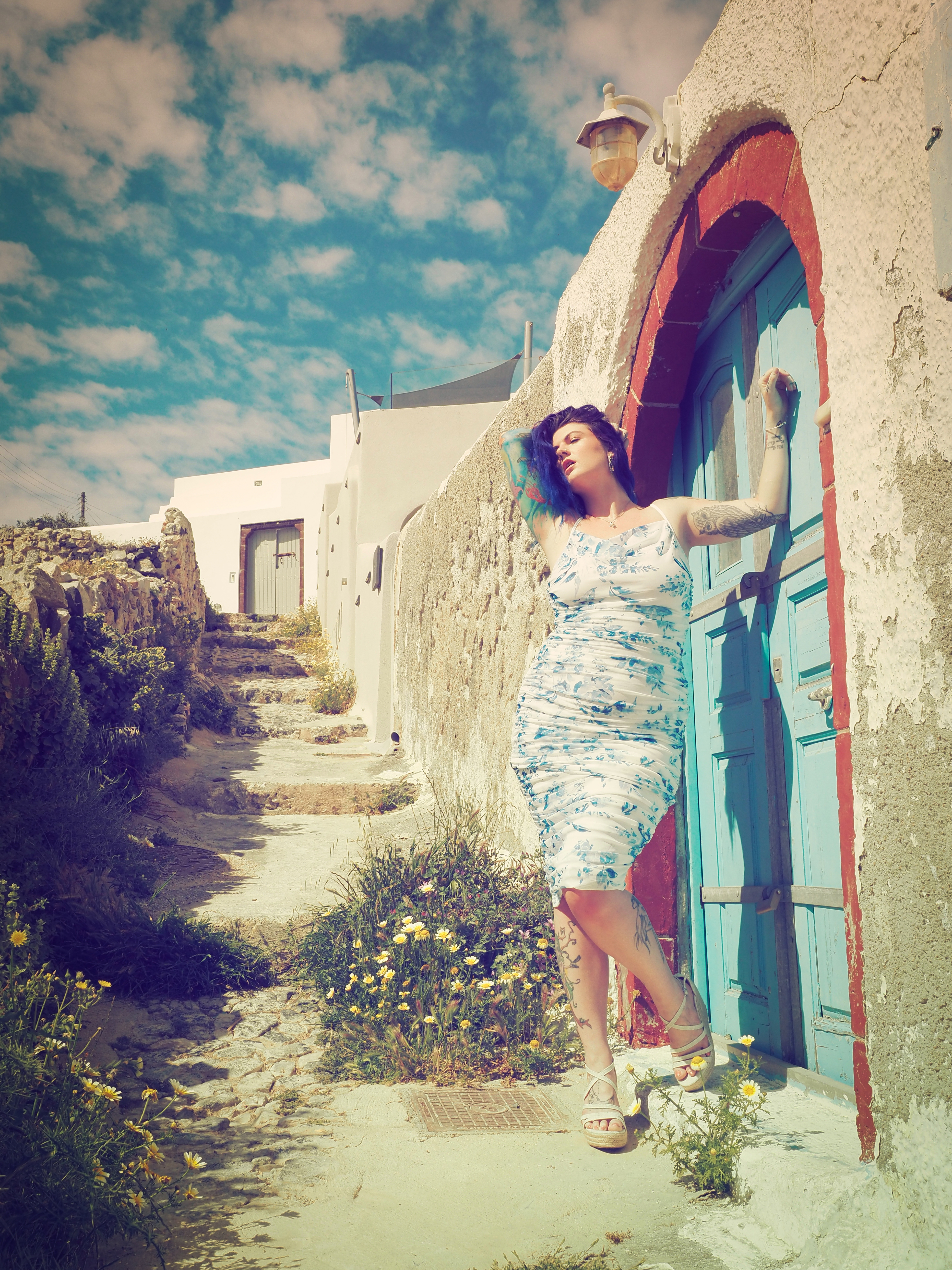
My partner swears by her Samsung Galaxy Ultra S20, but for my money the iPhone 13 family is the best camera phone on the market – even though my Mini lacks a macro mode, and an ultra-wide mode for selfies (but I have the latter covered elsewhere, as you’ll see below).
As I’ve said before, phones are no substitute for having a “real” camera with you – but they are perfect for taking snaps, silly shots to send to friends on WhatsApp, and quick bursts of video. The Mini is small enough to slip into tiny pockets of tiny sling bags, too…
3) PeakDesign Everyday Sling 3L
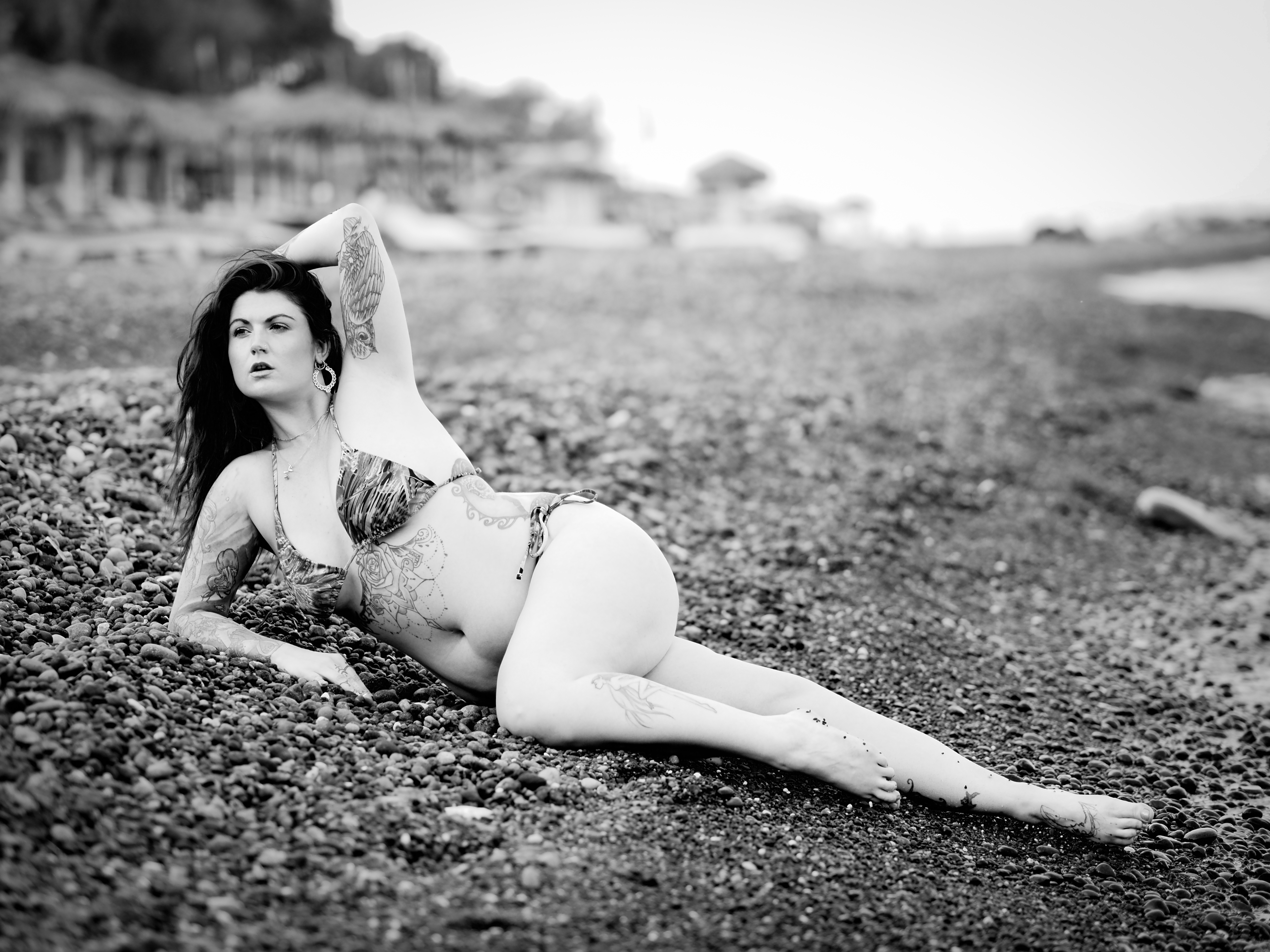
I utterly adore the Everyday Sling family of bags. Weather sealed (with funky zip coverings on the teeth to prevent ingress), perfectly sized and with great compartments and dividers. The 5L is the ideal size for my R5 setup, but the 3L is tailor made for smaller Micro Four Thirds and APS-C bodies.
Under other circumstances, I can squeeze a body, five prime lenses and a disposable camera in here, but on this occasion my lens selection was a little more unusual – but I could still fit a body, phone, three primes, a standard zoom, two batteries, plus my passport, cash and credit cards!
4) Olympus M.Zuiko 75mm f/1.8
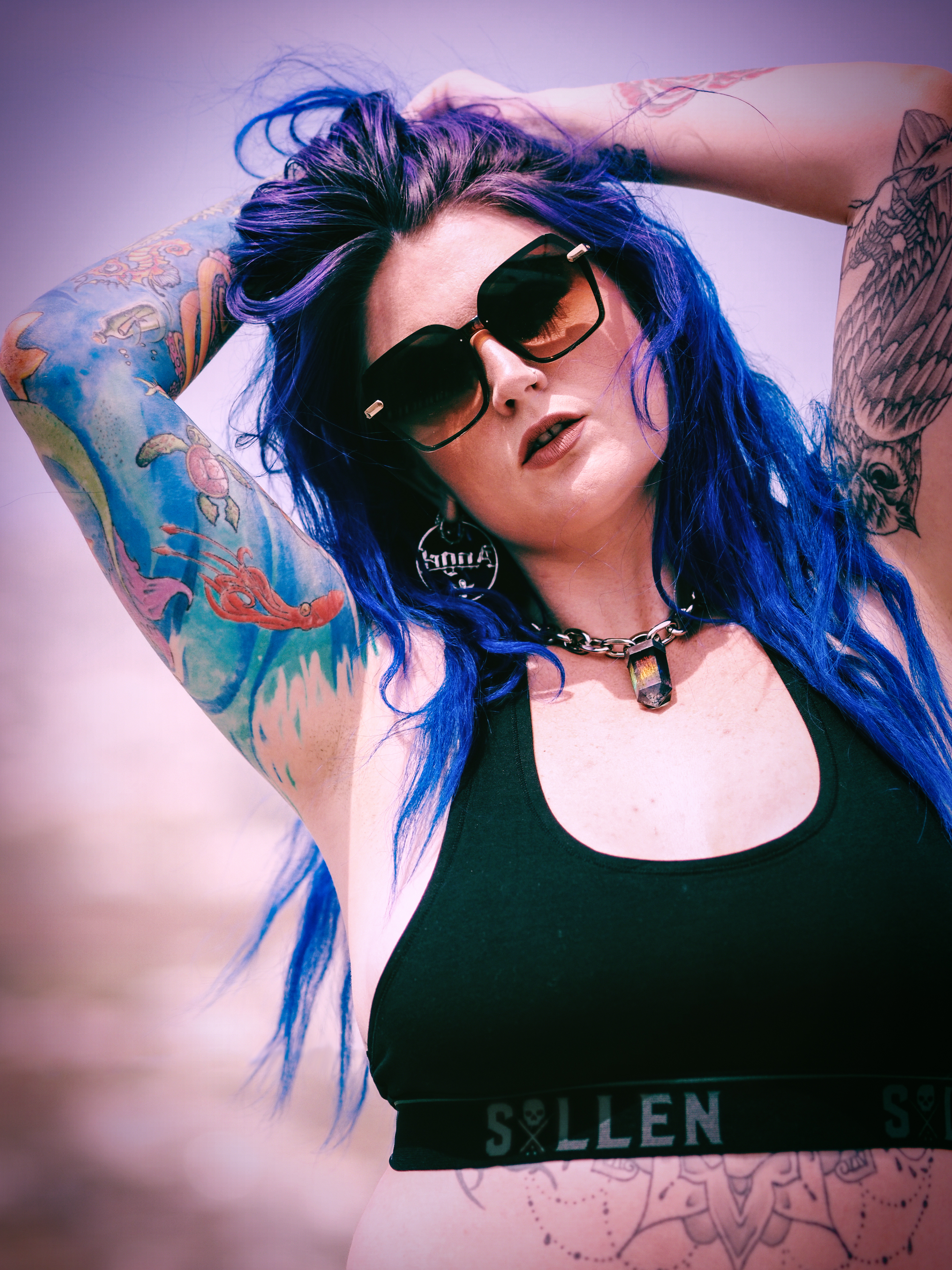
This was a tough one: had I opted for my much smaller Olympus M.Zuiko 45mm f/1.8 (which has an equivalent 90mm field of view, in full frame terms) I could have put another lens in the bag, since the 75mm is over double its size.
However, the 75mm – which is my favourite Olympus / OM System lens – is a stunning portrait lens, with an effective 150mm focal length that performs stunning subject separation, and a bright f/1.8 aperture for low light shooting in moody Greek backstreets.
5) Olympus M.Zuiko 17mm f/1.8
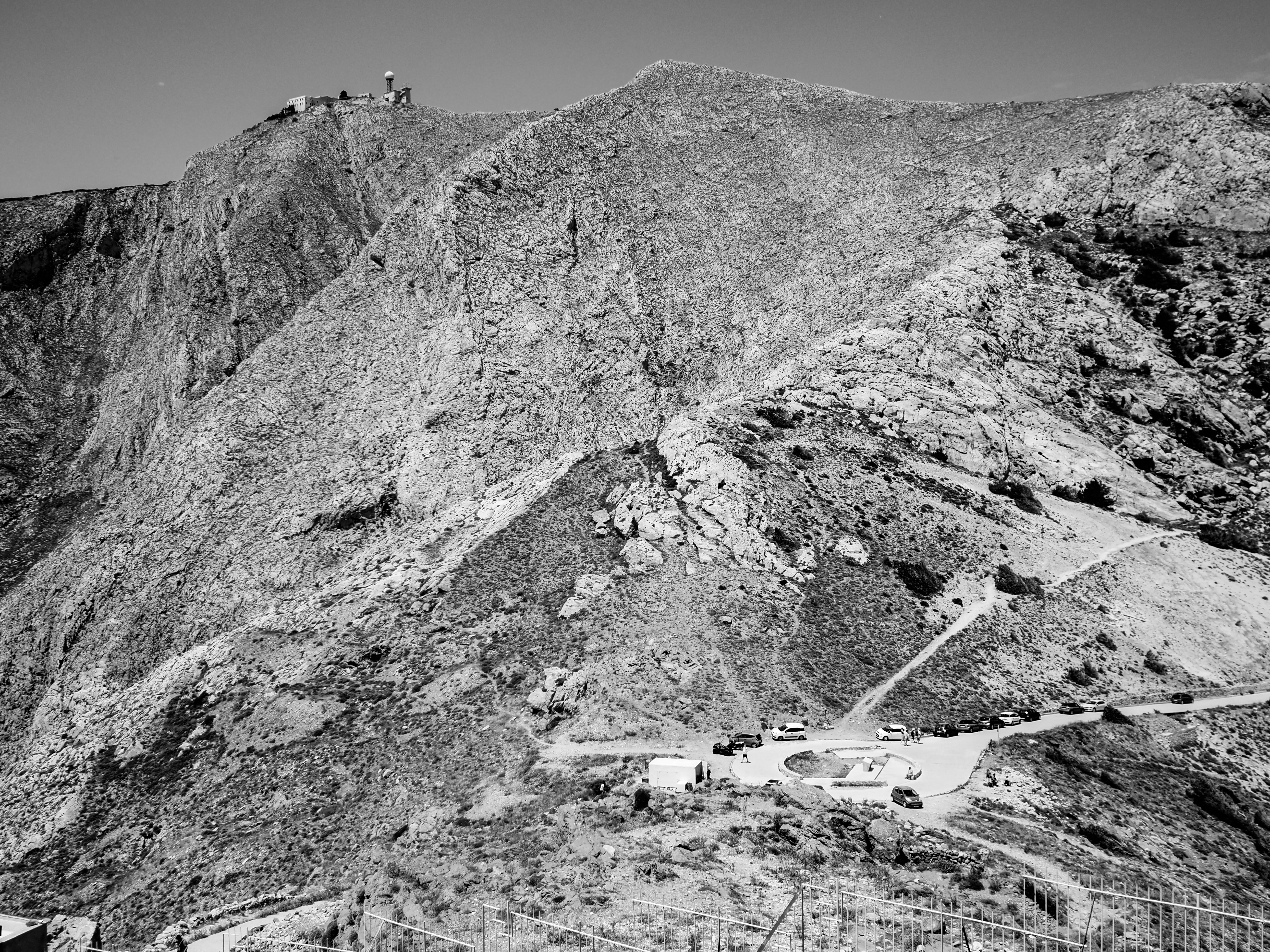
At the other end of the scale is this 35mm equivalent lens that’s ideal for reportage and street photography work – but it is also an essential optic for full-length portraiture, so I have the 75mm (140mm) for headshots and 17mm (35mm) for whole-body shots and environmental portraiture.
You’ll notice that this focal length is actually covered by the trinity zoom lens below, but again I’m looking for that fast f/1.8 aperture – this gives me the shallower depth of field, and also enables me to work in low light.
6) Olympus M.Zuiko 12-40mm f/2.8 Pro
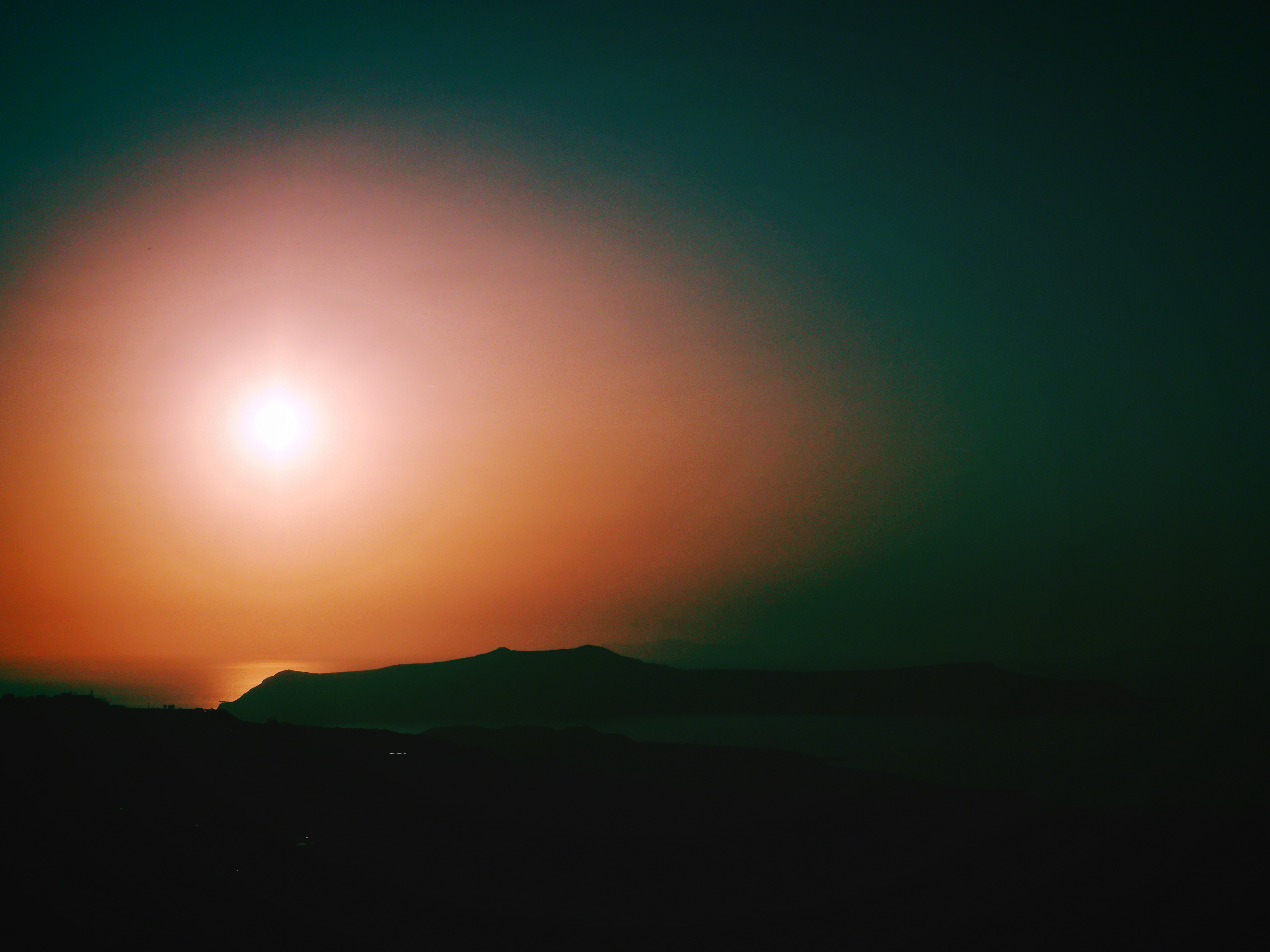
Believe it or not, this is actually one of the professional trinity lenses – in 35mm terms, it has a focal range of 24-80mm, with a fixed f/2.8 aperture, making it a perfect workhorse lens for shooting in virtually any situation from landscape to portraits.
The key with this lens, though, is that it’s also weather sealed – matching the E-M5 Mark III body. Remember, it means nothing if your camera is weather sealed but your lens isn’t! With this tag team I could shoot in the spray of the sea, the dust of old ruins, the sand of the beaches and anywhere else I needed to.
7) Olympus M.Zuiko 9mm f/8 Fisheye Body Cap lens
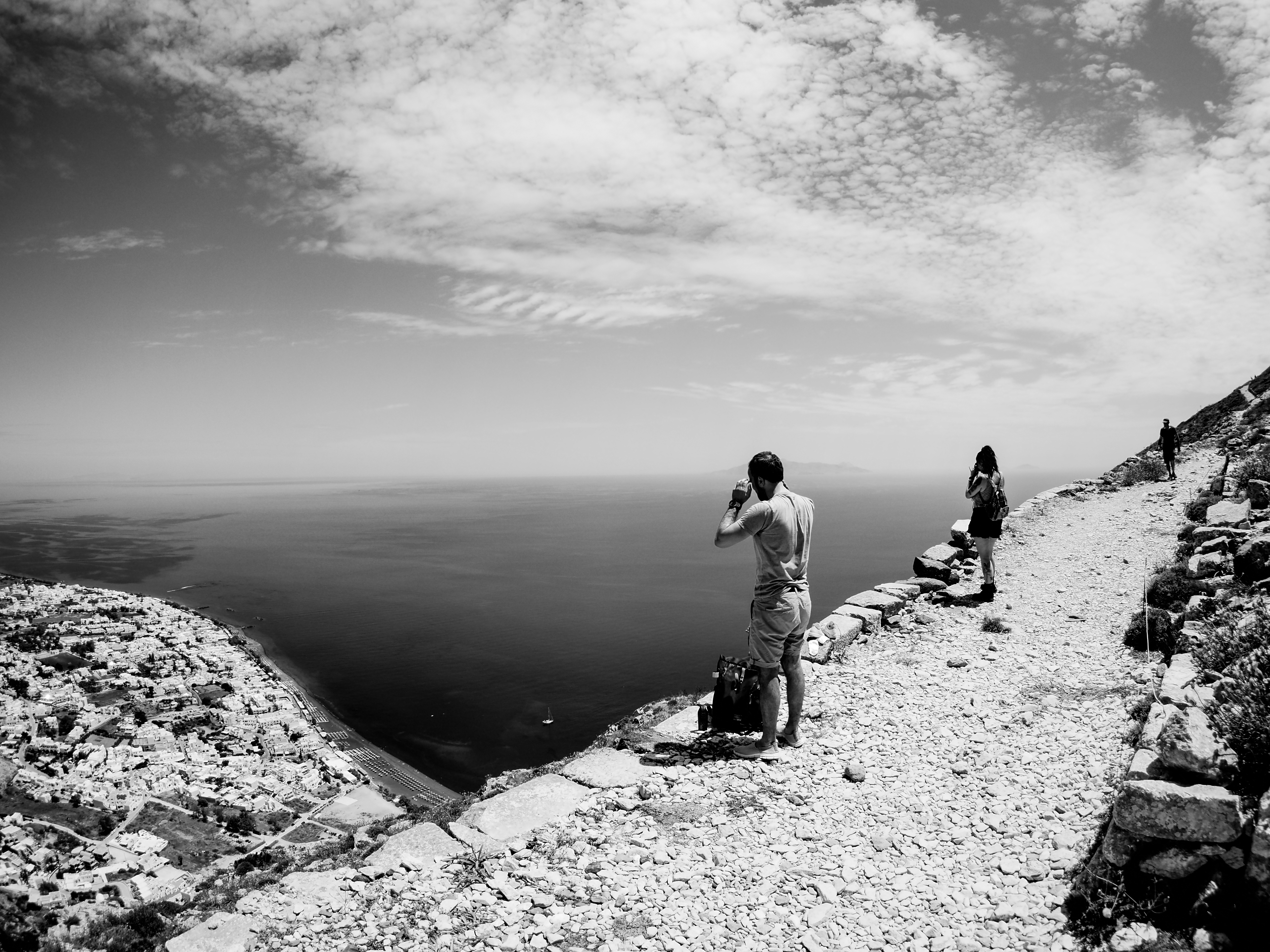
This brilliant little optic always surprises everyone who sees it, mainly because it’s easily dismissed as a toy lens – yet it’s probably the most essential travel lens I have! About the size of an Oreo, this pancake lens has an equivalent 16mm field of view – which makes it fantastic for shooting ultra-wide images with real scope.
I use it prodominantly for shooting vistas and landscapes (keep the horizon in the middle and it’s brilliant for this purpose), as well as environmental shots… and selfies! Stick this on your camera and you can take a group shot where everyone – and everything you want to see behind you – is in the frame!
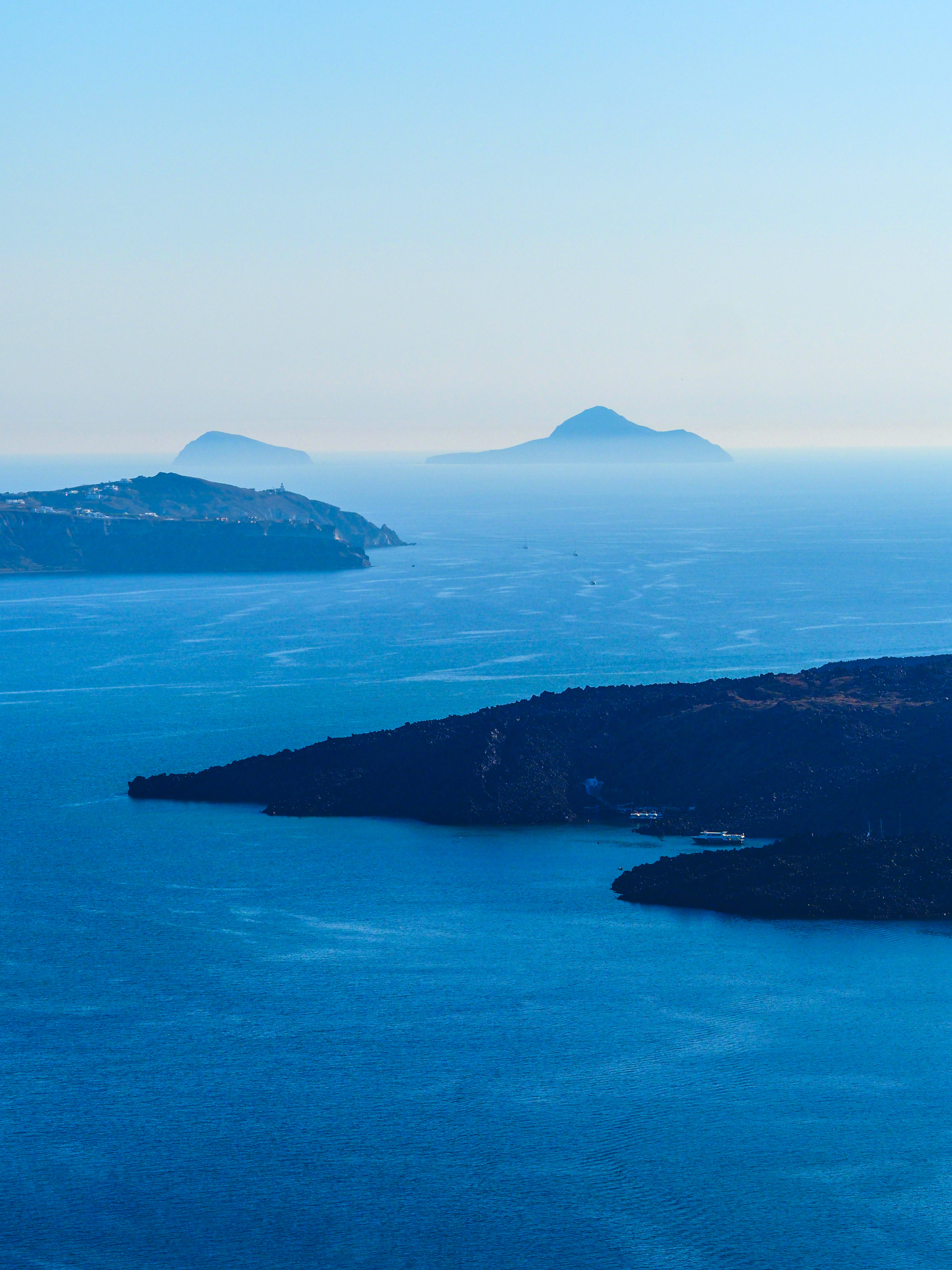
It's worth noting that my partner also uses Micro Four Thirds kit – in her case, she shoots with an Olympus OM-D E-M10 Mark III – so we had a bonus in that we could borrow each other's kit as we needed it.
As it turns out, I didn't end up stealing any of her stuff. Had I wanted to, though, she had a similar sized camera sling bag and brought with her the Olympus M.Zuiko 25mm f/1.8, 45mm f/1.8, 60mm f/2.8 Macro and a selection of Prism FX filters.
Just imagine how much kit we could have brought had we both stuffed traditional camera backpacks full of gear! For me, Micro Four Thirds is a fantastic system because the only thing you sacrifice is size – as the images above hopefully attest, you don't compromise quality.
Read more:
Best travel cameras
Best Olympus cameras (OM System)
Best Olympus lenses (OM System)
Best Micro Four Thirds cameras
Best Micro Four Thirds lenses

James has 22 years experience as a journalist, serving as editor of Digital Camera World for 6 of them. He started working in the photography industry in 2014, product testing and shooting ad campaigns for Olympus, as well as clients like Aston Martin Racing, Elinchrom and L'Oréal. An Olympus / OM System, Canon and Hasselblad shooter, he has a wealth of knowledge on cameras of all makes – and he loves instant cameras, too.
